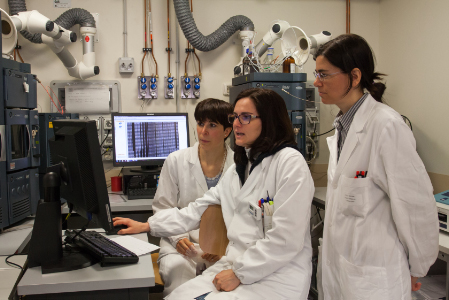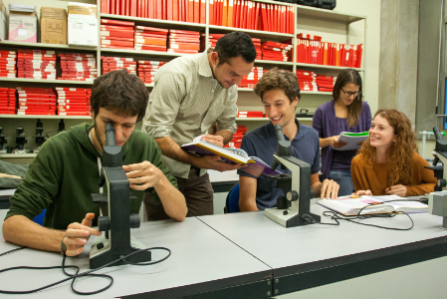- Authors:
-
Angrisani, Marco; Sandini, Marta; Cereda, Marco; Paiella, Salvatore; Capretti, Giovanni; Nappo, Gennaro; Roccamatisi, Linda; Casciani, Fabio; Caccialanza, Riccardo; Bassi, Claudio; Zerbi, Alessandro; Gianotti, Luca
- Title:
-
Preoperative adiposity at bioimpedance vector analysis improves the ability of Fistula Risk Score (FRS) in predicting pancreatic fistula after pancreatoduodenectomy
- Year:
-
2020
- Type of item:
-
Articolo in Rivista
- Tipologia ANVUR:
- Articolo su rivista
- Language:
-
Inglese
- Referee:
-
No
- Name of journal:
- Pancreatology
- ISSN of journal:
- 1424-3903
- Page numbers:
-
545-550
- Keyword:
-
Pancreas cancer, HPB, Upper GI, Pancreatoduodenectomy
- Short description of contents:
- Background: Anthropometric parameters have been associated with increased risk of clinically relevant postoperative pancreatic fistula (CR-POPF) after pancreaticoduodenectomy (PD). Nonetheless, conventional metrics to predict POPF do not include the assessment of body composition. We aimed to validate the most used Fistula Risk Score (FRS), and to assess whether the appraisal of adipose compartment at bioimpedance vector analysis (BIVA) improves the accuracy of FRS in CR-POPF prediction. Method: PD patients from 3 Italian academic institutions were prospectively included over a 2-year period. Patients with ASA score >= 3, heart failure, chronic kidney disease, or compartmentalized fluid collections were excluded. BIVA was performed on the day prior to surgery. CR-POPF occurrence and severity were classified per the ISGPS classification. Results: Out of 148 PDs, 84 patients (56.8%) had pancreatic cancer, and 29 (19.6%) experienced CR-POPF. FRS elements, namely soft pancreatic texture (p = 0.009), small pancreatic duct diameter (p = 0.029), but not blood loss (p = 0.450), as well as high BMI (p = 0.004) were associated with CR-POPF. Also, the preoperative fat mass (FM) amount measured at BIVA was significantly higher in patients who developed CR-POPF, compared to those who did not (median FM = 19.4 kg/m2 vs. 14.4 kg/m2, respectively; p = 0.005). The predictive ability of a multivariate model adding FM to the FRS, assessed at the receiver operating characteristics curve showed a higher accuracy than the FRS alone (AUC = 0.774 and AUC = 0.738, respectively). Conclusions: Assessment of preoperative FM at BIVA can improve the accuracy of FRS in predicting CRPOPF following pancreatoduodenectomy.
- Product ID:
-
111833
- Handle IRIS:
-
11562/1009643
- Last Modified:
-
November 15, 2022
- Bibliographic citation:
-
Angrisani, Marco; Sandini, Marta; Cereda, Marco; Paiella, Salvatore; Capretti, Giovanni; Nappo, Gennaro; Roccamatisi, Linda; Casciani, Fabio; Caccialanza, Riccardo; Bassi, Claudio; Zerbi, Alessandro; Gianotti, Luca,
Preoperative adiposity at bioimpedance vector analysis improves the ability of Fistula Risk Score (FRS) in predicting pancreatic fistula after pancreatoduodenectomy
«Pancreatology»
,
2020
,
pp. 545-550
Consulta la scheda completa presente nel
repository istituzionale della Ricerca di Ateneo 








